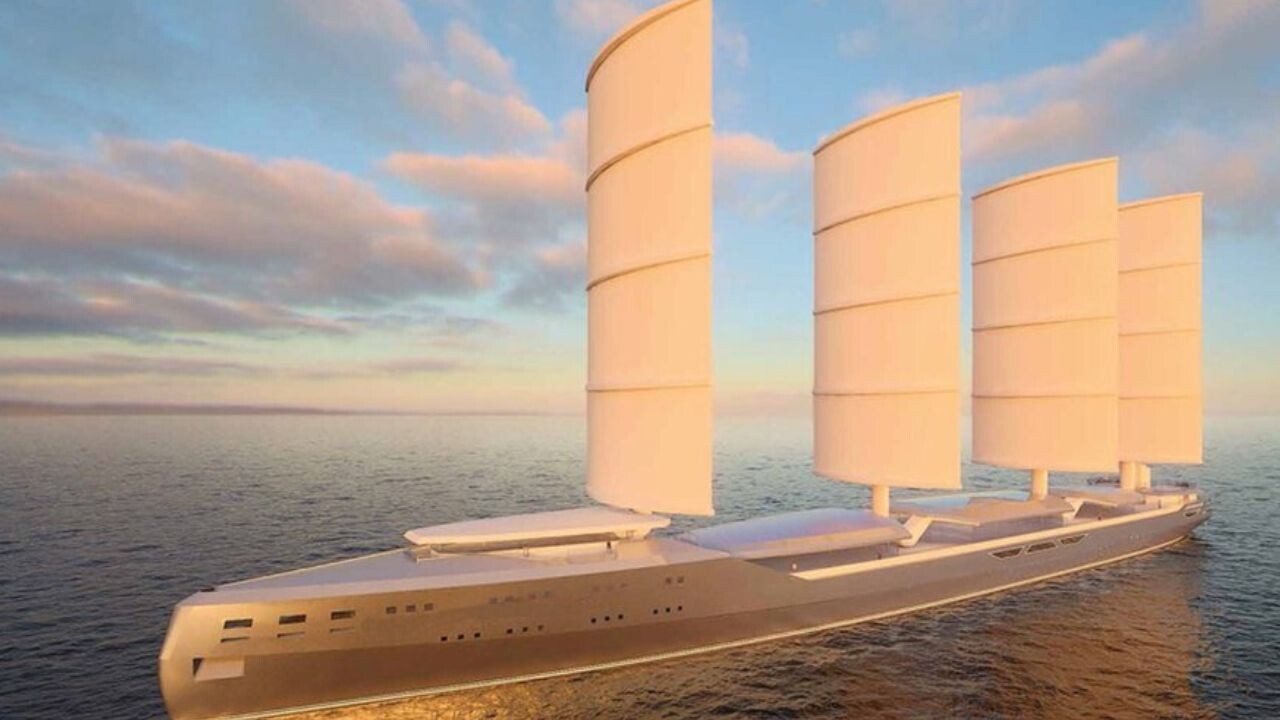
The maritime industry may have long replaced sails with engines, but a UK startup is betting that wind-powered ships still have a bright future.
Founded in 2014, Smart Green Shipping (SGS), has developed a new type of wind sail, called FastRig, that cuts carbon emissions. According to the company, it can be retrofitted to existing commercial vessels with available deck space, requiring no additional crew to operate it or port-side infrastructure changes. It’s also retractable to allow for standard loading and unloading operations, and it’s designed to be recyclable.
FastRig is paired with the startup’s software tool, TradeWind, which provides operational optimisation when the ships are in use. It uses weather forecasting along with big data from The Met Office on wind, waves, and currents, to predict when the propulsion can be provided by wind, suggest the most optimal route, and save fuel.
Here’s how it works:
Based on the company’s case studies using 3D modeling, FastRig installed on an Ultrabulk ship carrying biomass from Baton Rouge to Liverpool could save 20% of fuel every year.
Now, SGS is collaborating with the University of Southampton on a project called the Winds of Change, funded by the Department for Transport and Innovate UK in an effort to decarbonise the country’s maritime sector.
“While new wind-assist technologies are being developed, many are not ready for market and their predicted fuel savings have not been independently verified at sea, which is why UK-funded research projects like this are so important,” lead scientist Dr. Joseph Banks, from Southampton’s Marine and Maritime Institute, said in a statement.

As part of the two-year development programme, the university researchers will create new software tools that accurately predict how modern vessels perform on the ocean when retrofitted with SGS’s wing sails.
They will also test the impact of a retractable 20 metre-high FastRig fitted to a British 105 metre-long commercial vessel, the Pacific Grebe.
“This will require innovative numerical simulations backed up by experiments conducted in our highly instrumented 138 metre Boldrewood towing tank and RJ Mitchell wind tunnel,” Banks added.
Scientists from Southampton’s Marine and Maritime Institute hope their new tool, which predicts the fuel savings achieved by the wing-sails, will encourage further investment in the UK’s marine technology sector.
“It’s clear that shipping must rapidly reduce emissions in the short term,” SGS’s CEO Diane Gilpin said in a statement. “Wind power harnessed using sophisticated digital software and well-engineered equipment is at present the fastest way for the sector to reduce fuel consumption and related emissions.”
Get the TNW newsletter
Get the most important tech news in your inbox each week.




